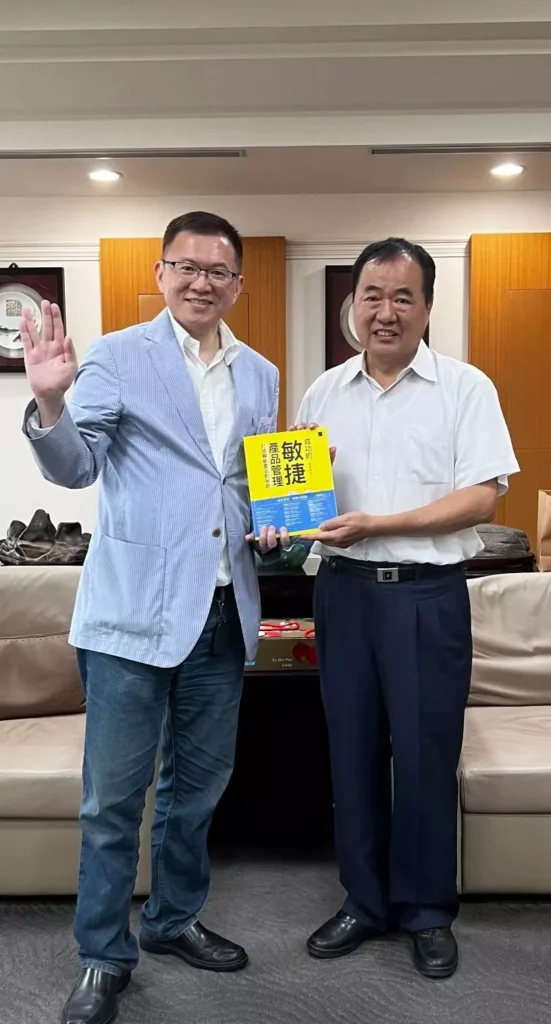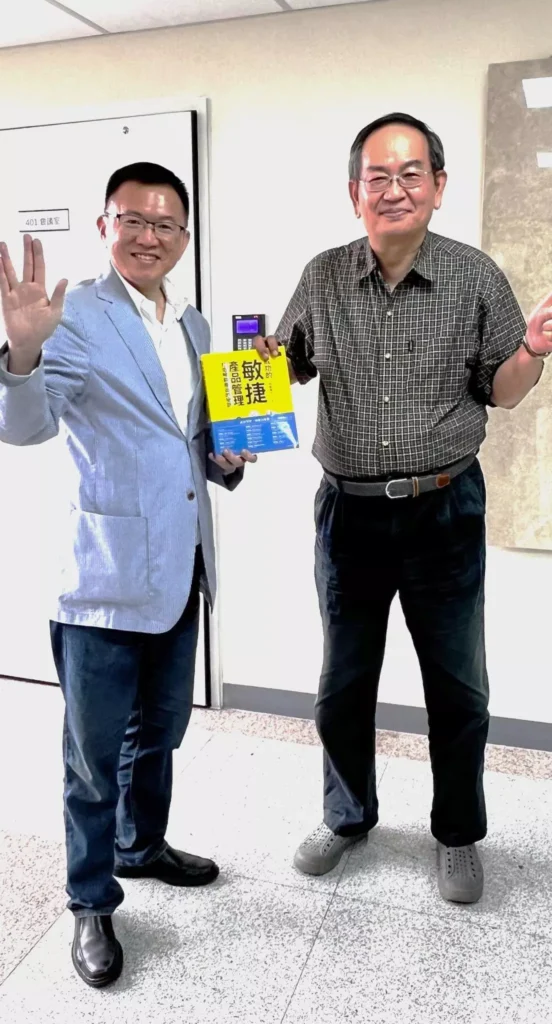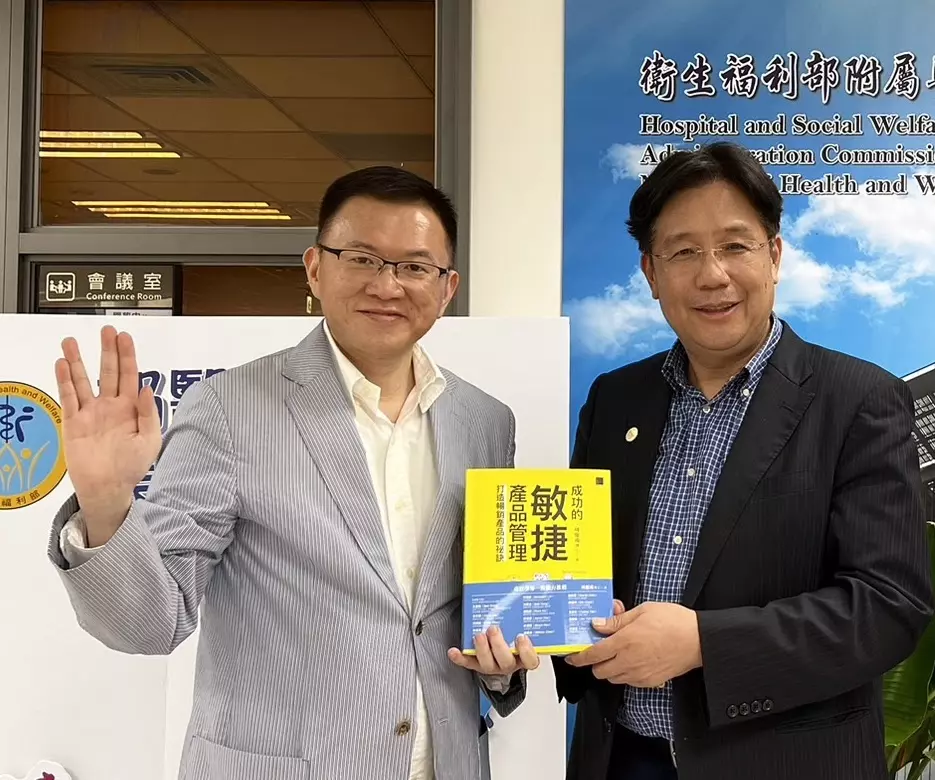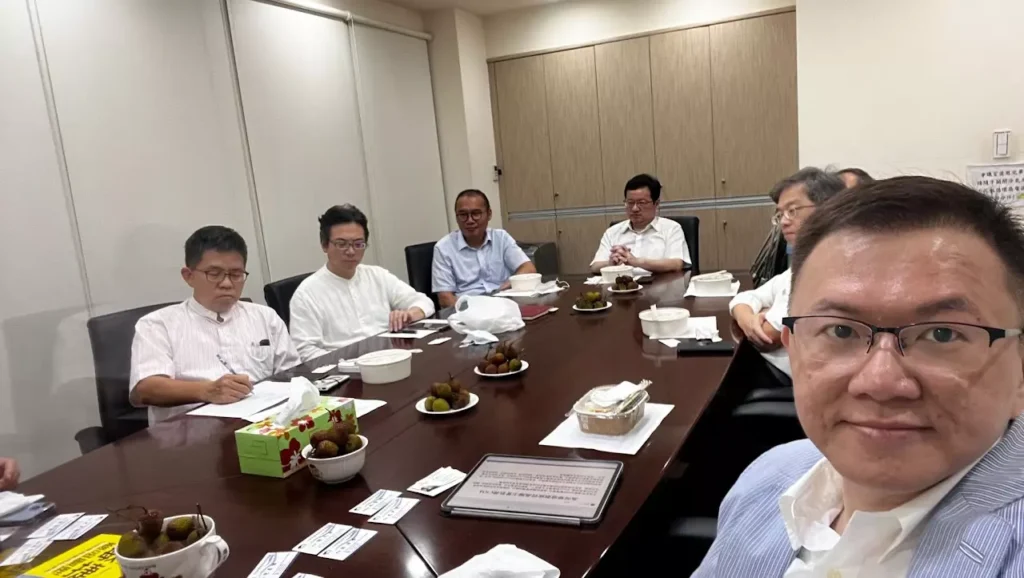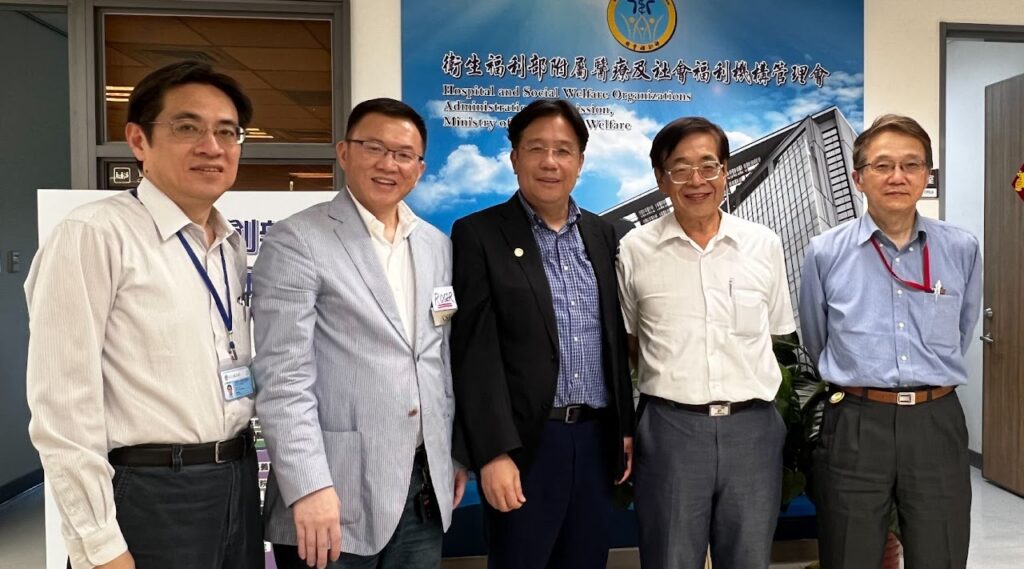It took me a decade to become a Certified Scrum Trainer (CST). When I returned to Taiwan from Portland, USA, I expressed to the top executives in the Taiwan agile community that I hoped to cultivate 100 CEOs to become CSMs in Taiwan within the next two years. This news spread quickly, and in just three days, 100 CEOs registered to join, with 13 candidates. Among these applicants, high-ranking government officials can also apply for this CEO training qualification. However, I found that only two senior civil servants signed up, thus creating an imbalance.
Promoting agility is not something that can be accomplished by a single unit if the same case involves many units. All units must work together; otherwise, it’s like a single hand trying to make a sound, it takes both hands to create a spark. Therefore, I visited government officials with Mr. Yeh Wei-Chuan, who served as the deputy chairman of the Government Training Department before his retirement. I hoped that through my explanation, they would understand the spirit of agility and ignite their interest, allowing them to participate in Scrum learning and practice as well.

We visited a total of four departments. First, we met with Director Zhang Zhi-Sheng of the Fisheries Agency of the Council of Agriculture, Executive Yuan. Next was Director He Quan-De of the National Information and Communication Security Research Institute under the Digital Development Department. We also met with Dr. Lin Qing-Feng, the Executive Director of the Social Service Administration under the Ministry of Health and Welfare, and finally, Director Shi Chong-Liang of the National Health Insurance Administration, Ministry of Health and Welfare.
Their reactions were very enthusiastic. Although they were all very busy, they were clearly very interested in the idea of learning about agility. We had very enjoyable conversations. Director Zhang Zhi-Sheng, in particular, immediately invited eight executives to a lunch meeting after listening to my explanation of the principles of Scrum — creating a better work culture and adjusting our plan direction based on the actual usability of products. During this meeting, we discussed how to apply Scrum to public sector systems.
Director Shi Chong-Liang also promptly registered for our third batch of CSM courses. I believe that through such promotion, we will be able to make more government officials understand the meaning of agility.
Their response was very enthusiastic. Even though they are all extremely busy, they showed a clear interest in the idea of agile learning. We had a great time discussing it. In particular, Director Zhang Zhisheng, after hearing my explanation of the principles of Scrum — creating a better work culture, and adjusting our project direction based on the actual usability of the product — immediately invited eight managers to a lunch meeting. In this meeting, we discussed how to apply Scrum to the systems in the public sector.
One of the directors also immediately signed up for the third cohort of the CEO CSM course. I believe that through this promotion, we will be able to enable more government officials to understand the significance of agility.
